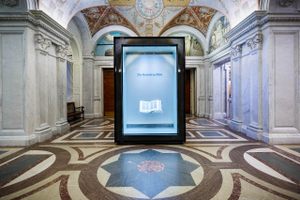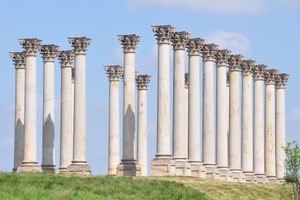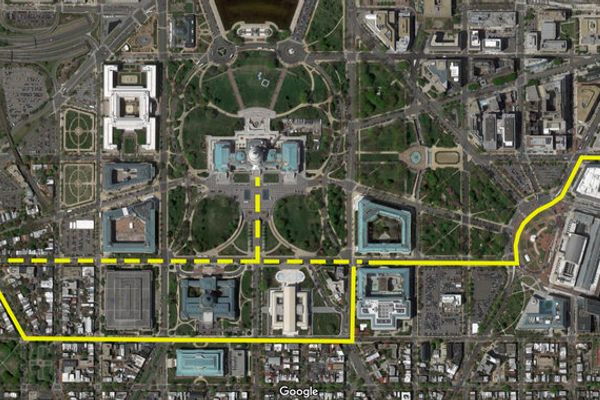About
In the age of the Industrial Revolution, libraries at the cutting edge experimented with an array of pneumatic and mechanical devices that had books flying around, over, and under their technologically delighted patrons. There was no greater example of this steampunk marvel than the Library of Congress, which once connected with the U.S. Capitol Building with a single-purpose book conveyor tunnel.
The Library of Congress Jefferson Building opened to the public in 1898, replacing the original fire-prone library inside the Senate wing of the Capitol. The Washington Evening Star a decade later recalled how “it immediately became a serious question how some senator, for instance, in the heat of a fiery debate on the floor, could in the shortest space of time get to his hand some particular volume whose authority would unhorse his antagonist - a volume nestled, perhaps, deep in the shelves of the library, a quarter of a mile away.”
Library of Congress superintendent Bernard Green had just the solution, and designed the first of its kind “book conveying apparatus” with help from the Miles Pneumatic Tube Company. An electric dynamo “operating without smoke or noise” underneath the library Main Reading Room drove trays on an endless cable running by tunnel directly with a document room steps from the House of Representatives chamber.
Handwritten requests for documents would come in via pneumatic tube, and the text would make its way to the central desk on an intra-library system. From there it was walked down into the basement and whisked through the tunnel conveyor at 600 feet per minute. This whole literary orchestra took just five minutes, likely less time than it would take your average contemporary congressman to pull up an arcane PDF through LOC.gov.
The Library of Congress book tunnel tragically met its demise in the 2000s to make space for the underground Capitol Visitor Center. A second pedestrian tunnel currently connects the two buildings, where librarians can occasionally be seen wheeling hard copies around in carts.
Related Tags
Know Before You Go
The Library of Congress - Capitol Building pedestrian tunnel is open to the public and is accessible from either building. Walk the hallway and lament the distance along with the 19th century Senate commentators. You can also find the former Library terminal room in the Jefferson Building, room LJ-G01, though the door is locked for all except authorized librarians.
Community Contributors
Added By
Published
October 11, 2017











































